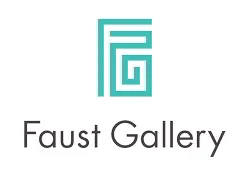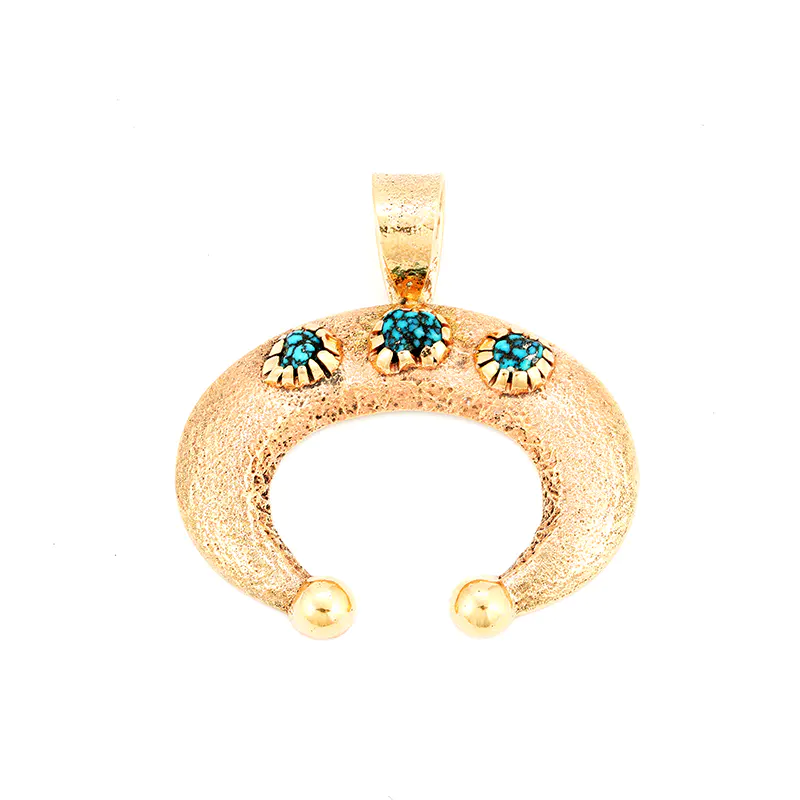Tufa casting is an ancient and revered metalworking technique used predominantly by Navajo and other Southwestern Native American jewelers. The process involves carving a design into a soft, porous volcanic stone known as tufa, which is composed of compressed volcanic ash. Tufa stone is ideal for casting due to its ease of carving and ability to withstand high temperatures.
To begin, the artist cuts and sands two matching tufa stones, creating a mold by hand-carving the desired design into one half. A funnel-like channel is also carved to allow molten metal—usually sterling silver or gold—to be poured into the mold. The two stone halves are then bound together and pre-heated to remove moisture, which prevents cracking during casting. Once the molten metal is poured in and cooled, the mold is broken open, revealing a one-of-a-kind piece.
Tufa casting is prized for its texture—the stone imparts a natural, grainy surface to the metal, giving the finished jewelry a distinct organic look and feel. Many artists embrace this texture as a signature element of their work, often finishing the piece with additional hand stamping, polishing, or stone inlay.
This method allows for artistic freedom and individuality, as each mold is used only once, making every tufa cast piece truly unique. Tufa casting reflects a deep respect for tradition and craftsmanship, preserving a hands-on, ancestral approach to jewelry making that continues to inspire contemporary Native artists today.


